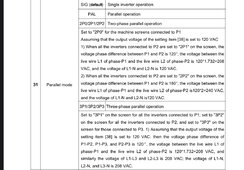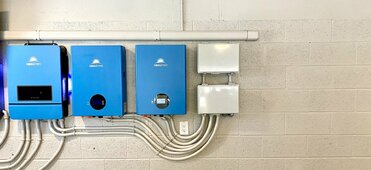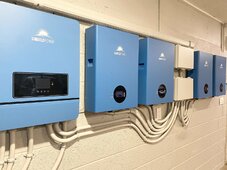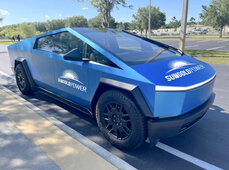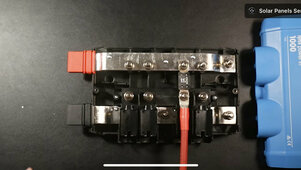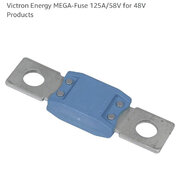CaliSunHarvester
Solar Enthusiast
**My Solar Exploits**
Just got my March Xcel bill (for electricity and natural gas)
Approximately the same weather/temps
Electricity this year (with my solar power system) $20.02 / 92 kWh - Last year $72.23 / 469 kWh
Natural gas this year $49.64 42 therms - last year $65.88 58 therms (I did keep the thermostat about the same but did use space heaters more this year)
So, 377kWh saved equals $52. 13c/kWh.
A $20 electrical bill would be awesome to me.
To feel better about this topic, I don't look at $ numbers, just at kWh billed:
January 2176 --> 1329
February 1901 --> 1008
March 1903 --> 611
April 1651 --> ??? my math predicts 542
That doesn't mean I made 1300kWh of solar in March. Far from it. It actually was only 553kWh. The other 750kWh stem from change of electric dryer to heat pump, and the hot tub was turned off until last week.





